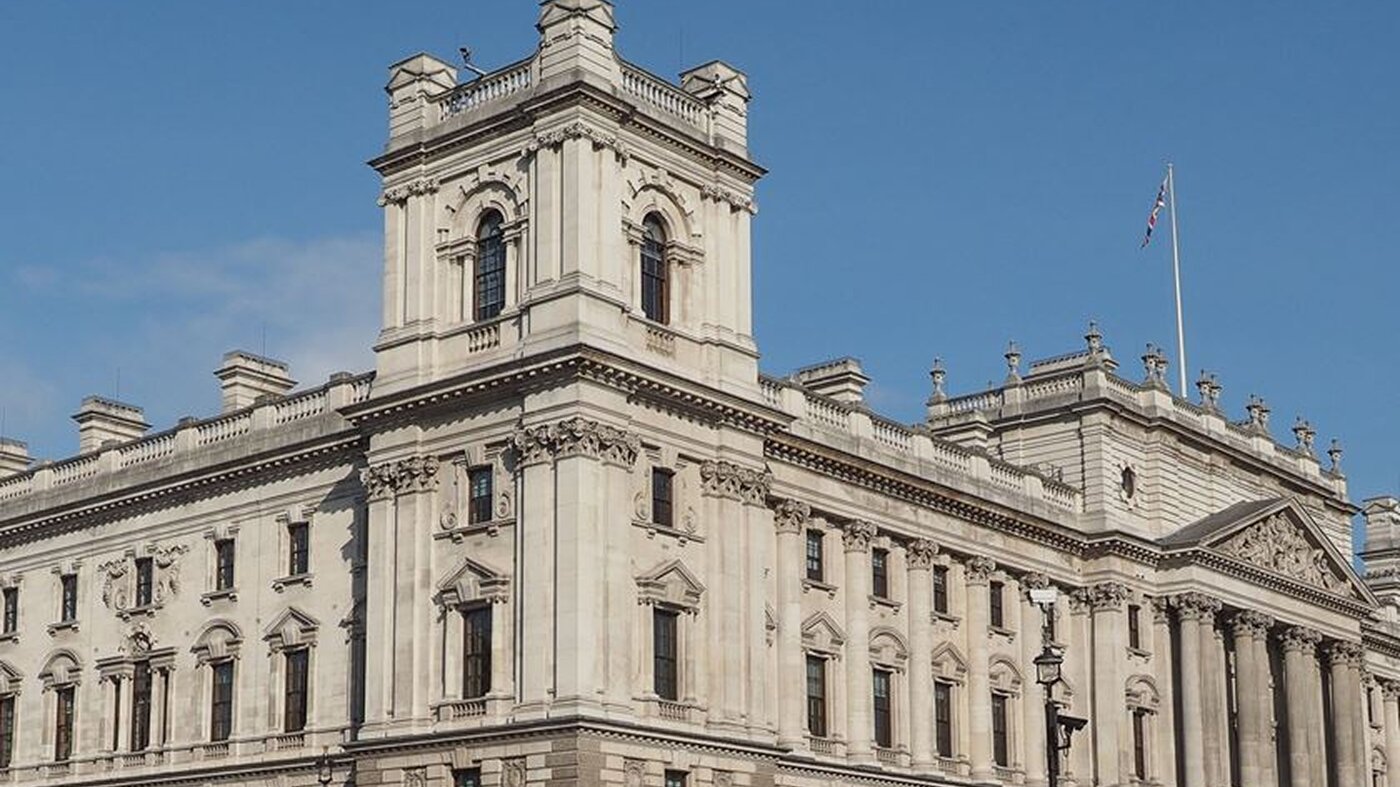Introduction
A growing number of state pensioners in the United Kingdom are expected to encounter an effective tax rate of up to 62% on portions of their income. This development is attributed to the combination of frozen income tax thresholds and specific high-income tax band rules.
In the 2024-25 tax year, over 77,000 pensioners with incomes between £100,000 and £125,140 are projected to be affected, according to HM Revenue & Customs (HMRC) data. This trend has raised concerns among financial experts and policymakers about the implications for older taxpayers and the broader workforce.
Surge in Pensioners Facing High Tax Rates
Recent figures indicate a sharp increase in the number of pensioners subject to this high tax rate. In 2021-22, approximately 38,000 pensioners had incomes within the range that triggers a 62% effective rate, but this number has more than doubled to over 77,000 in the current tax year.
The substantial rise has been linked to the ongoing freeze on income tax thresholds, which is scheduled to remain in place until at least 2028-29. As a result, more individuals are projected to fall into this tax band in the coming years.
Explanation of the 62% Effective Tax Threshold
The 62% effective tax rate applies to those whose annual taxable income falls between £100,000 and £125,140. In this range, the tapered removal of the personal allowance means each additional £1 of income is effectively taxed at a significantly higher rate.
Under current rules, for every £2 earned above £100,000, £1 of personal allowance is withdrawn, leading to the increased marginal tax rate for earnings within this bracket.
Broader Impact on the Workforce
The high effective tax rate is not limited to pensioners alone. HMRC estimates that around 725,000 workers across all age groups are expected to fall into the 62% tax bracket this year, compared with 300,000 in 2018.
Projections suggest the figure could reach 850,000 by 2028-29 if current policies remain unchanged. This expansion is primarily driven by fiscal drag resulting from thresholds not rising in line with inflation and earnings growth.
Pension Experts Warn of Talent Loss
The impact of high tax rates on older, high-earning individuals has raised concerns about workforce participation, particularly among experienced professionals. Craig Rickman, pensions expert at Interactive Investor, remarked that the sustained freeze on tax bands “means thousands more people above state pension age will be hit with punitive rates of tax on some of their income”.
He added that elevated tax rates could lead experienced individuals to reduce their working hours or retire earlier, which could have consequences for key sectors, including healthcare.
Calls for Policy Review
Tax experts have called for a review of current policies. Dan Neidle, a tax specialist, noted that the high effective rates have “an impact on the NHS and on the economy”. He added, “I very much hope someone in the Treasury is looking at that and if it is a material impact, then real thought should be given to how we can iron out those discontinuities in the tax system.”
This sentiment reflects broader calls for the government to assess whether the current structure unfairly penalises certain groups and deters economic activity.
Final Summary
The number of pensioners and workers affected by the 62% effective tax rate continues to rise, due to the combination of static tax thresholds and the withdrawal of the personal allowance for higher earners. Financial and tax experts are warning of knock-on effects for the workforce, particularly in essential professions, and calling for a review of the system.
As the government maintains its triple lock pledge, questions remain over whether current policies sufficiently address the tax issues impacting high-income pensioners. Stakeholders seeking to understand the evolving tax landscape may benefit from tools and resources such as those available in the Pie app.











